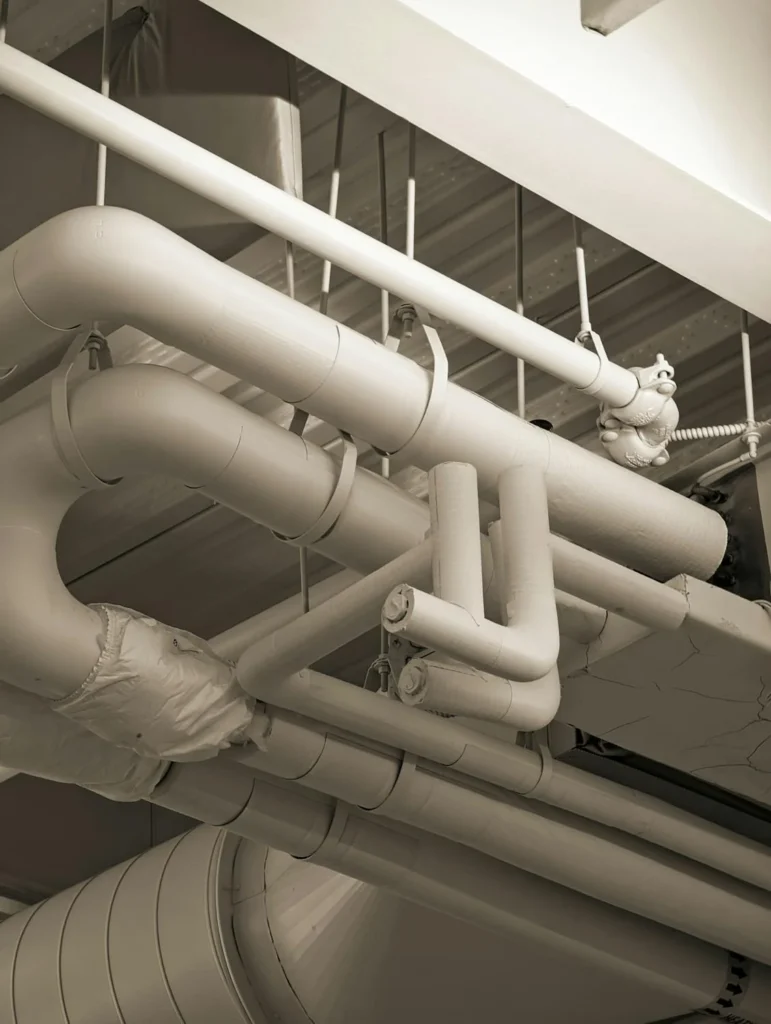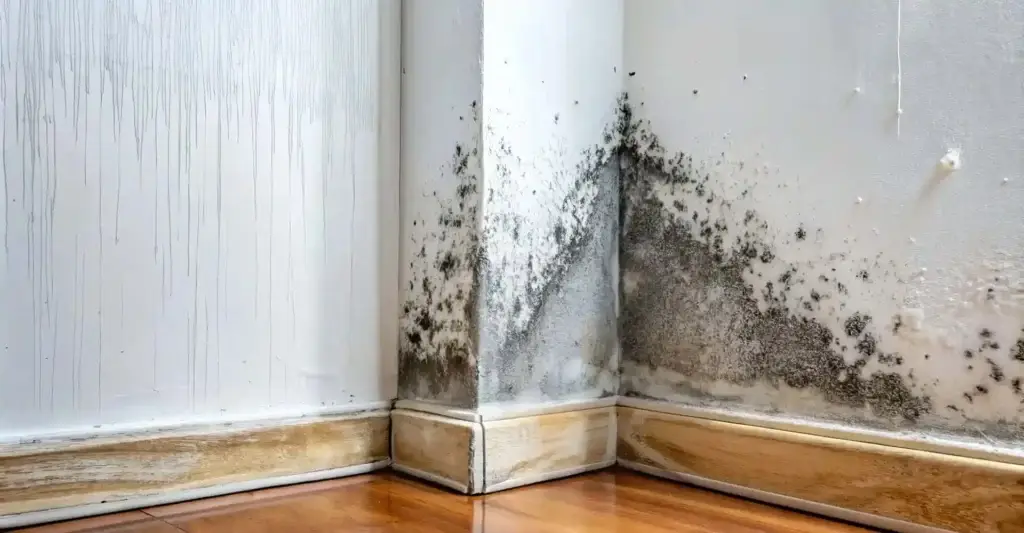Quick answer
House fires significantly increase over the Christmas period in the UK. The top 5 causes and their prevention methods include: Christmas lights, where faulty wiring or overloading can be avoided by turning them off before bed and using surge protectors; cooking the Christmas dinner, which often leads to fires from unattended hobs or clutter, preventable by using timers and remaining vigilant. Christmas trees, especially dry real ones, pose a risk if too close to heat sources, so ensure they are watered and kept at least 1 metre away. Candles are a major cause when left unattended or near flammables, requiring them to be at least 30cm away from combustible materials. Finally, home heating issues like unswept chimneys or faulty portable heaters can be avoided by regular maintenance and keeping items well away from heat sources. Vigilance and proper precautions are key to a safer festive season.
UK property fires at Christmas
For many, Christmas is the time of the year when family come together, overindulgence is common, and a post-Christmas dinner snooze is a must (for most). However, this festive time of the year is also known for an increased risk in house fires. In fact, the London Fire Brigade reports roughly 100 fires every day during December. Pretty shocking, isn’t it?
In this blog article, we we’ll be running through:
- If you have a real Christmas tree, if you do not maintain watering it, the tree will dry out. The dryer the tree, the faster it will engulf in flame should a fire start.
- Placing your tree too close to heat sources such as fireplaces, candles and electric heaters increases the risk of a fire starting. A rogue spark from an open fire can cause a tree to go up in smoke in seconds.
- Over decorating your tree with excessive tinsel and paper or card decorations just adds fuel to the fire.
How to reduce Christmas tree fire risk
One of the main things you can do is to ensure you place your tree in a safe place in your home. At minimum distance of 1 metre away from any heat sources. Along with this and, if a real tree is more your thing, look to buy a fresh tree and once placed in position. Make sure you regularly water it to reduce any risk of drying out.
Candles
A festive candle is one of the biggest causes of house fires at Christmas. In fact, it’s not just around Christmas that candles are commonly the cause, over 1,000 annual house fires are attributed to candles.
So, why are candles a common cause of fires?
- Positioning a candle too close to flammable items is a major cause of house fires. From being too close to the Christmas tree to on the windowsill too ear curtains.
- Cheap wobbly candleholders or unstable surfaces can often lead to candles toppling over.
- Last but certainly not least, is leaving candles burning whilst outside of the room that they are in.
How to reduce the risk of a house fire caused by candles
If your heart is set on having lit candles out this Christmas, remember to keep them at least 30cm away from any flammable material and don’t leave them unattended. Also, consider swapping out real candles for alternatives such as battery powered.
Home heating
As the temperature drops over the colder months, the heating comes on in our homes. A cosy open fire roaring away after over-indulging on Christmas dinner whilst relaxing on the sofa sounds pretty good, doesn’t it? But, with that comes another fire risk. Not just from chimney fires, but from portable heaters too.
How does home heating create a higher risk of fires?
- If a chimney has not been maintained with regular chimney sweeping by a certified sweep (at least once a year), a build-up of soot and creosote can occur which can be ignited by a single spark.
- Electric heaters that haven’t been maintained properly also cause a risk. Frayed cables and drying clothes out over them are two of the most common causes.
Tips to reduce the risk of fire from home heating
No matter if you have an open fire or a wood burning stove, regular maintenance of the chimney significantly reduces the risk of fire. The cost of a chimney sweep ranges between £60 – £150 depending on the type of fire you may have. If you do have the fire on, always keep potentially flammable items at least three feet away from the heat source. However, if portable electric heaters are more your thing, always check that they are in good working order.
Expert recap
The Christmas season, whilst a time for joy and celebration, unfortunately brings a heightened risk of house fires across the UK. Our comprehensive analysis reveals that the majority of these incidents stem from common festive elements: electrical lighting faults, unattended cooking, dry Christmas trees, improper candle use, and unsafe heating practices. By understanding these primary causes and proactively implementing simple yet crucial preventative measures. Such as ensuring correct electrical usage, remaining vigilant in the kitchen, properly maintaining trees and heating systems, and exercising extreme caution with naked flames, households can significantly reduce their risk. Prioritising these Christmas fire safety tips is not just about compliance, but about safeguarding loved ones and property to ensure a truly safe and merry festive period.
All that’s left for us to do, is to wish you an enjoyable Christmas and a great New year. If you have any questions about this blog or about the fire restoration services we offer, contact one of the Ideal Response team.
Top causes of fires at Christmas in the UK: Frequently asked questions
What are the most common causes of house fires during Christmas in the UK?
The most common causes of house fires at Christmas in the UK include faulty or overloaded Christmas lights, unattended cooking (especially during Christmas dinner), dry Christmas trees placed too close to heat sources, unattended candles near flammable items, and unsafe home heating practices such as un-swept chimneys or faulty portable heaters.
How can I prevent Christmas tree fires during the festive season?
To prevent Christmas tree fires, especially with real trees, ensure you buy a fresh tree and keep its stand topped up with water daily to prevent drying out. Position both real and artificial trees at least 1 metre (3 feet) away from heat sources like fireplaces, radiators, or candles, and avoid overloading them with excessive, flammable decorations.
What fire safety tips are important for Christmas lights?
For Christmas lights fire safety, always check lights for damage like frayed wires or broken bulbs before use. Avoid overloading electrical sockets by using surge-protected extension leads instead of ‘daisy-chaining’. Always switch off and unplug Christmas lights before going to bed or leaving the house, and ensure indoor lights are only used indoors.
How can cooking safely during Christmas dinner prevent kitchen fires?
To prevent kitchen fires during Christmas dinner, never leave cooking unattended, particularly on hobs or grills. Use timers to manage cooking times, keep flammable items like tea towels, paper, and oven gloves away from heat sources, and ensure ovens and extractor hoods are regularly cleaned to prevent grease build-up.
What are safe practices for using candles at Christmas to avoid fires?
Safe practices for using candles at Christmas include placing them on a stable, heat-resistant surface and at least 30cm (1 foot) away from any flammable materials such as Christmas trees, curtains, or decorations. Never leave lit candles unattended, always extinguish them before leaving a room or going to sleep, and consider using safer battery-operated LED alternatives.
How can I ensure my home heating is safe at Christmas?
To ensure home heating safety at Christmas, if you have an open fire or wood-burning stove, ensure your chimney is swept annually to prevent soot and creosote build-up. Keep all flammable items at least 1 metre (3 feet) away from heaters and fireplaces, and always check portable electric heaters for frayed cables or damage before use.
Why are house fires more common during the Christmas period?
House fires are more common during the Christmas period due to a combination of factors: increased use of electrical decorations that can overload circuits, a higher volume of cooking activities, the presence of flammable Christmas trees and decorations, and the frequent use of candles and heating appliances often left unattended amid festive distractions and celebrations.

Murat Kunacav - Technical Account Manager
Murat has a rich blend of over 15 years of experience from both the insurance and restoration industries, including a Bachelor's degree in Business Management. Since joining Ideal Response in 2020, Murat has become a specialist in technical scoping and managing major and complex loss restoration projects. With a focus on high-net-worth client management and intricate insurance-led restoration, he excels at collaborating across all parties, insurers, loss adjusters, contractors, and clients, to ensure seamless, end-to-end project delivery. Murat believes that the power of technical expertise lies in building strong relationships and delivering compliant results, no matter the scale or complexity.
- A festive tipple is not uncommon on Christmas day, but it can often lead to cooking being unattended for longer whilst the festive conversations continue. Leaving unattended pans on the hob is often a cause of a kitchen fire.
- Clutter near the hob along with too many cooks in the kitchen creates more risk of accidents. For example, a kitchen towel being left near the hob whilst rushing around trying to serve the Christmas meal.
- A horrible build-up of grease within the oven and in the extractor hood can easily ignite under high heat, especially when trying to cook the perfect roasties.
How to reduce the risk of fires caused by cooking the Christmas dinner
A timer can be your best friend on Christmas day as it helps remind you what’s on and what’s not on the hob. Especially if you’re juggling multiple dishes. However, don’t just rely on a timer. Remember not to leave any cooking unattended and keep surfaces tidy so a rogue tea towel of oven gloves aren’t accidentally left near a flame.
Christmas trees
A Christmas tree tends to be the focal point of the home during the festive period. But, both real and artificial Christmas trees can become a fire risk if they are in the wrong conditions. Faulty lights, as mentioned earlier, can cause a fire quickly and if your real Christmas tree is as dry as a bone, it can become engulfed in flames in less than 30 seconds!
Why do Christmas tress present a fire risk?
There are a few reasons why Christmas trees present a risk of fire. These include:
- If you have a real Christmas tree, if you do not maintain watering it, the tree will dry out. The dryer the tree, the faster it will engulf in flame should a fire start.
- Placing your tree too close to heat sources such as fireplaces, candles and electric heaters increases the risk of a fire starting. A rogue spark from an open fire can cause a tree to go up in smoke in seconds.
- Over decorating your tree with excessive tinsel and paper or card decorations just adds fuel to the fire.
How to reduce Christmas tree fire risk
One of the main things you can do is to ensure you place your tree in a safe place in your home. At minimum distance of 1 metre away from any heat sources. Along with this and, if a real tree is more your thing, look to buy a fresh tree and once placed in position. Make sure you regularly water it to reduce any risk of drying out.
Candles
A festive candle is one of the biggest causes of house fires at Christmas. In fact, it’s not just around Christmas that candles are commonly the cause, over 1,000 annual house fires are attributed to candles.
So, why are candles a common cause of fires?
- Positioning a candle too close to flammable items is a major cause of house fires. From being too close to the Christmas tree to on the windowsill too ear curtains.
- Cheap wobbly candleholders or unstable surfaces can often lead to candles toppling over.
- Last but certainly not least, is leaving candles burning whilst outside of the room that they are in.
How to reduce the risk of a house fire caused by candles
If your heart is set on having lit candles out this Christmas, remember to keep them at least 30cm away from any flammable material and don’t leave them unattended. Also, consider swapping out real candles for alternatives such as battery powered.
Home heating
As the temperature drops over the colder months, the heating comes on in our homes. A cosy open fire roaring away after over-indulging on Christmas dinner whilst relaxing on the sofa sounds pretty good, doesn’t it? But, with that comes another fire risk. Not just from chimney fires, but from portable heaters too.
How does home heating create a higher risk of fires?
- If a chimney has not been maintained with regular chimney sweeping by a certified sweep (at least once a year), a build-up of soot and creosote can occur which can be ignited by a single spark.
- Electric heaters that haven’t been maintained properly also cause a risk. Frayed cables and drying clothes out over them are two of the most common causes.
Tips to reduce the risk of fire from home heating
No matter if you have an open fire or a wood burning stove, regular maintenance of the chimney significantly reduces the risk of fire. The cost of a chimney sweep ranges between £60 – £150 depending on the type of fire you may have. If you do have the fire on, always keep potentially flammable items at least three feet away from the heat source. However, if portable electric heaters are more your thing, always check that they are in good working order.
Expert recap
The Christmas season, whilst a time for joy and celebration, unfortunately brings a heightened risk of house fires across the UK. Our comprehensive analysis reveals that the majority of these incidents stem from common festive elements: electrical lighting faults, unattended cooking, dry Christmas trees, improper candle use, and unsafe heating practices. By understanding these primary causes and proactively implementing simple yet crucial preventative measures. Such as ensuring correct electrical usage, remaining vigilant in the kitchen, properly maintaining trees and heating systems, and exercising extreme caution with naked flames, households can significantly reduce their risk. Prioritising these Christmas fire safety tips is not just about compliance, but about safeguarding loved ones and property to ensure a truly safe and merry festive period.
All that’s left for us to do, is to wish you an enjoyable Christmas and a great New year. If you have any questions about this blog or about the fire restoration services we offer, contact one of the Ideal Response team.





















